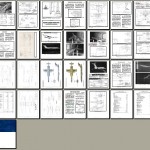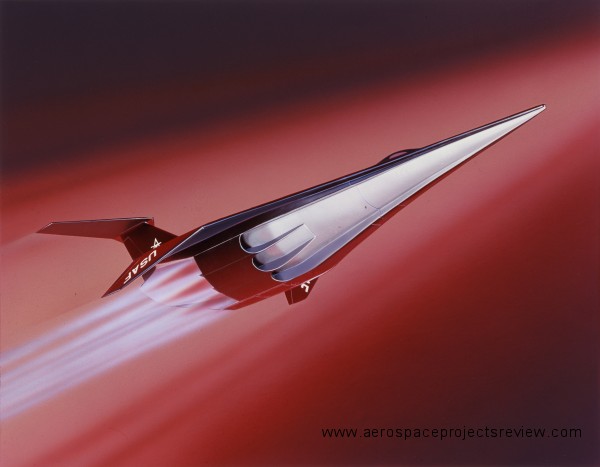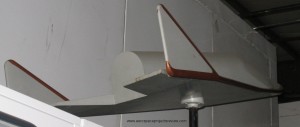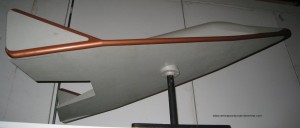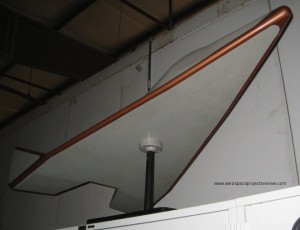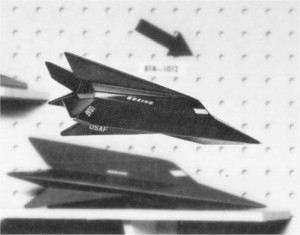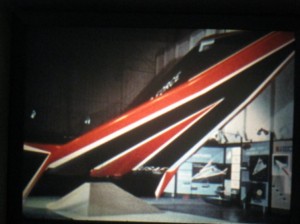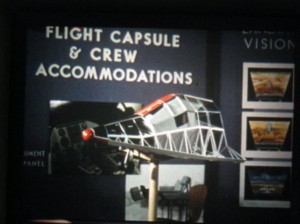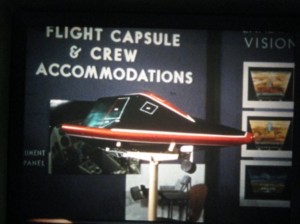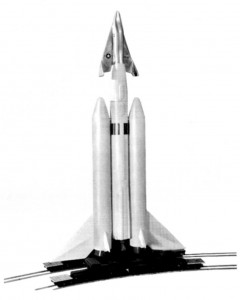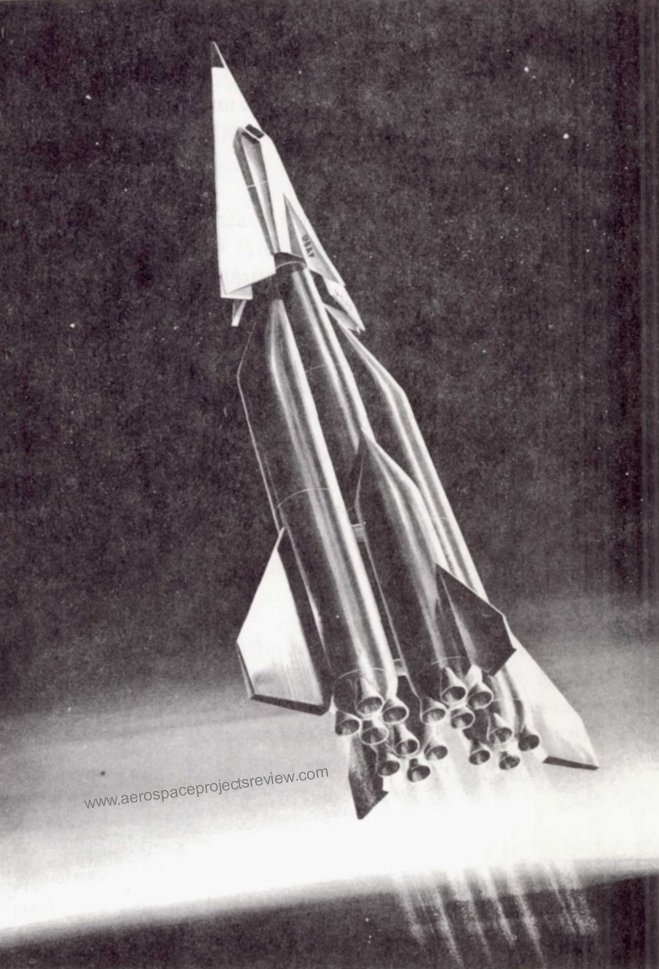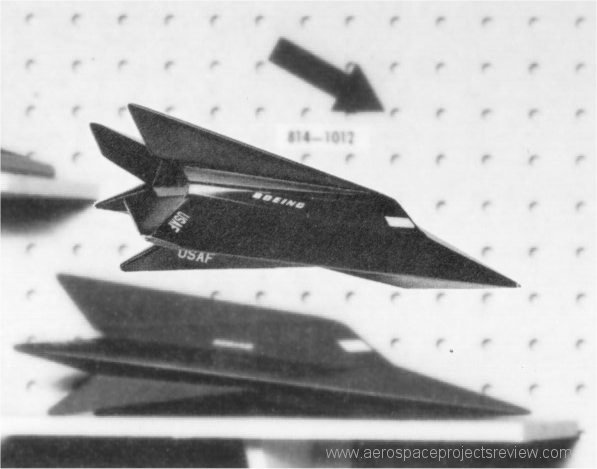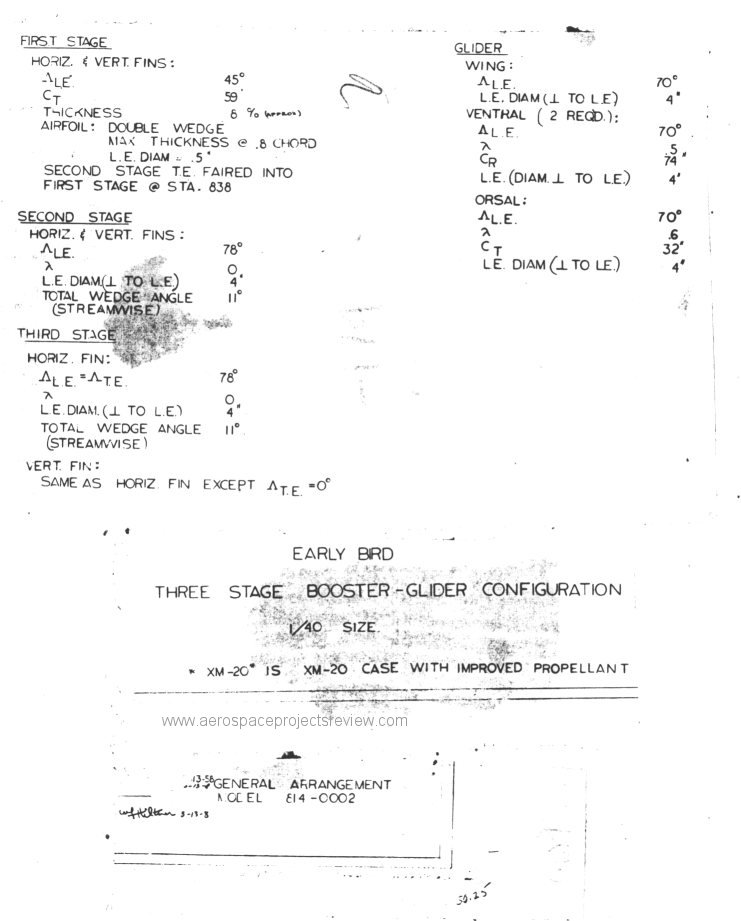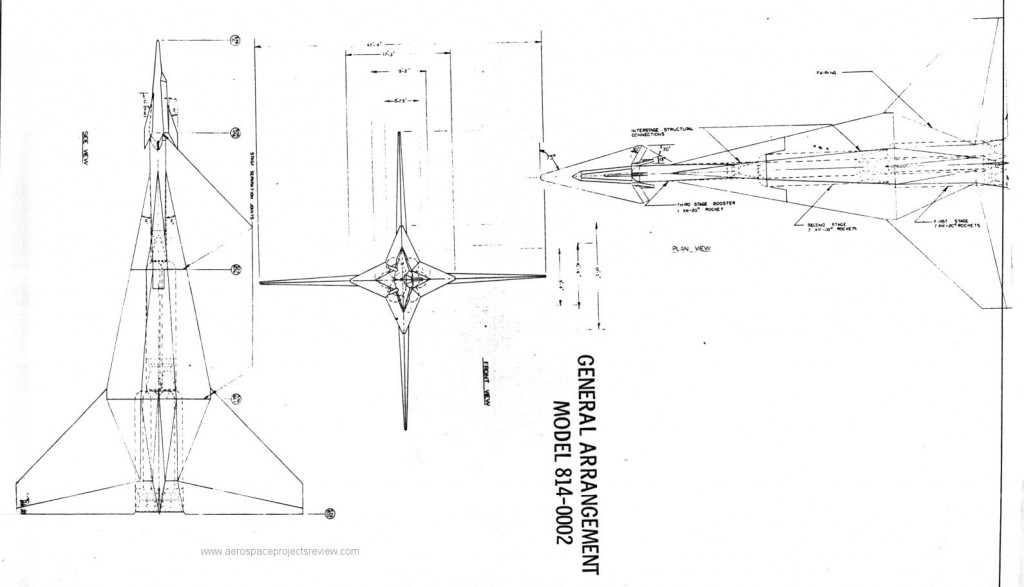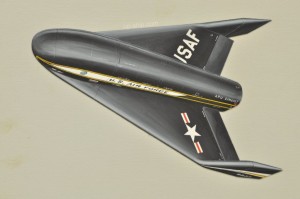I keep getting asked the same questions, so I guess I should have a Frequently Asked Questions page for my downloads. Well, here it is.
Q01: How does this work?
A: It’s not an automated system. The way it works is that when you place an order through Paypal, Paypal sends me an email notifying me of the order. I then reply to the email address listed in the order, providing you with the web address where you can find your document, plus the username and password you’ll need in order to access it.
————–
Q02: “I just ordered a document. It’s been a whole 2 seconds, and I don’t have it yet. Where is it?”
A: I’m asleep/out buying groceries/fighting off hordes of zombies. I’ll respond to your email just as soon as I can.
————–
Q03: “I just ordered a document. It’s been a whole 24 hours, and I don’t have it yet. Where is it?”
A1: Check your “spam bucket.” Some spam filters see response messages such as you’ll get from me as spam, since there is a web address listed in it.
A2: Are you using the email address attached to the Paypal account? The response email with all your download info will be sent to the Paypal-listed email address. If you are using someone else’s Paypal address, or something like that, then *they* will receive the reply.
A3: On rare occasion, the automated Paypal system that sends me order notifications fails to do so. Thus I don’t know you’ve ordered something. Feel free to send a “where’s my stuff” email to: ![]()
A4: Search your inbox. You might have gotten the message, but not noticed or recognized it. The header will be something like “Re: Notification of payment received” or “Re: Payment received from YourEmail@YourEmailDomain.com.”
————–
Q04: “I ordered a document for downloading, but the username and password aren’t working.”
A: By far the most common reason for this is either you’re typing the password wrong… or if you are using cut-and-paste, you are grabbing a spurious blank space. Try again, making sure to cut *just* the password.
————–
Q05: “I tried that, but it’s still not letting me in.”
A: The second biggest offender is your web browser. Something or other to do with cookies, or something. If you have another web browser (Netscape, Explorer, Firefox, whatever), try that.
————–
Q06: “I’ve downloaded a PDF file. What do I need to open it?”
A: Adobe Reader. It’s a free program.
————–
Q07: “I’ve downloaded a ZIP file. What do I need to open it?”
A: Any modern computer should have come with an unzipping program built in. If not, do a search for “unzip,” and download a program to your liking.
————–
Q08: “I ordered a drawing set, and can see the files named ‘XYZ halfsize.gif’ and ‘XYZ quartersize.gif,” but not the full size image. Why?”
A: Some of the full size images are quite large. Sometimes they are so large that operating systems and/or image viewing and processing programs simply refuse to show them. All of the full-size images I sell are viewable on *my* system, which is a bit antiquated… but that doesn’t mean that they will be viewable on *all* systems. This is why I include the “halfsize” and “quartersize” versions, so that everybody should be able to see the images. You do still have the full-rez image… try looking at it on another computer.
————–
Q09: “Ooops, I ordered the wrong thing. I wanted A, but I seem to have actually ordered B. Can I have A?”
A1: If the error is due to something screwy in the webpage – rare, but it has happened that a typo in the HTML coding can lead to this sort of thing – then I’ll fix you right up with a proper download of A. Keep the other item, free of charge.
A2: A slightly more common error is on my part… you order SDOC4, say, and I mistakenly send you the link to SDWG4. In that case, let me know, and I’ll fix you right up with what you actually ordered. Keep the other item, free of charge.
A3: If the error is due to you simply ordering the wrong thing… well… the problem with digital files is that you can easily make copies of them, and thus cannot really be returned. So if my policy was to automatically “correct” “mistakes,” then it’d be the easiest thing in the world to scam me right out of half my catalog.
So… no. If you wanted A but mistakenly ordered B, I’ll be happy to fill your *next* order for A.
————–
Q10: “I bought one of your documents, and want to extract the images from it for my own devious purposes. However, it’s password protected. Gimme the password. Gimme.”
A: The documents (air docs, space docs and APr’s, but not DCD’s) are password protected *solely* to try to minimise piracy of ’em. The documents will open just fine and will print just fine at high rez, but image and text extraction will present a challenge. I’ve had issues with people taking the data I’ve worked hard to find and prepare and then turning it around and reselling it (grrr). However, if you have a valid use for extracted images, let me know, and I’ll almost certainly fork over the relevant password.
————–
Q11: “I want you to add me to your mailing list.”
A: No can do. The system I use now requires that the person who wants on the mailing list add themselves (I can add you, or the system will think I’m a spammer). So, simply go HERE and add your email address.
I’ll update this FAQ as questions come in. Feel free to comment
